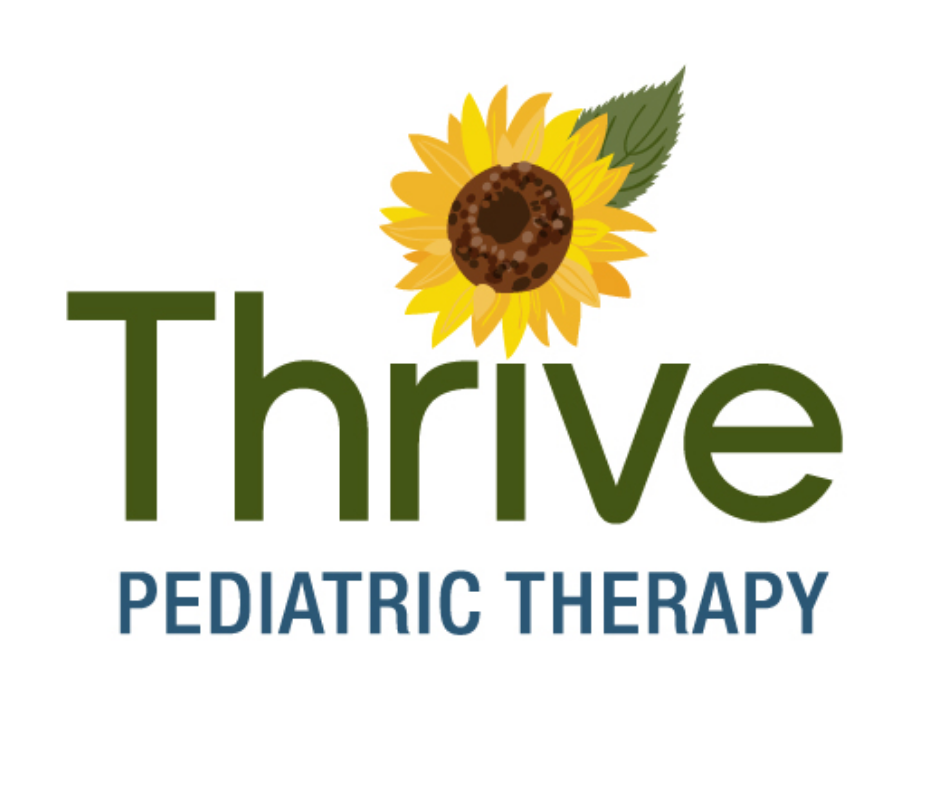Being a parent comes with lots of responsibility. I'm sure I don't need to tell you that. There is making sure they get the right nutrition, getting regular doctors visits, lots of play time and making sure they are able to communicate. I see it in parent groups all the time: parents worried their kids are not talking as much as they should.
I asked Amanda Mooney, a pediatric speech-language pathologist and the owner of Thrive Pediatric Therapy in Voorhees to provide some way for parents and caregivers to support their child's speech and language development at home. This is what she said:
------------------------------------------------------------------------------
Talk, talk, talk!
Children learn language from hearing it. They are constantly listening, analyzing, and storing what they hear. Whether you are in the car, at the grocery store, or in your living room, speak to your child as much as possible.
Make comments about your day
Explain what is happening now or what is about to happen next, such as “We are having spaghetti for dinner” or “It looks like it’s going to rain!”. These comments can inform a child of what is happening next and can give them more information about a topic.
Expand on your child’s language
Take the words your child says and repeat them back while adding in grammar and missing words. For example, if your child says “Car go!” you can respond, “Yes, the car is going!”
Extend your child’s language
After expanding your child’s utterances by repeating them and adding in missing words, you can add new information. For example, if your child says “Car go!” you can respond, “Yes, the car is going! The car is going fast.”
Set up the environment for communication
Create “communication temptations,” which are activities and situations that are set up to “tempt” your child to use language. Keep desired objects out of reach, but visible. When your child indicates that they want to access one of these objects, model an appropriate request (e.g., “I want juice.”) and then give the object to your child.
Keep it simple
For a child with very few words, keep your play time interactions simple. Choose a few key words/phrases and model them throughout your interaction. For example, during a race track activity, you could choose words/phrases such as “car,” “go,” “on top,” “down,” “up,” and “my/your turn.”
Model vocabulary words and basic concepts
Play time is a great opportunity to help your child learn basic concepts such as size, color, and quantity, as well as preposition concepts. You can also help your child learn the vocabulary words associated with a particular toy or activity.
If you have any questions or concerns regarding your child’s speech and language development,
please reach out to Amanda and her team at Thrive Pediatric Therapy.
You can give them a call at 856-425-2239, send them an email, or visit them online at Thrive Therapy NJ.
We'd ♥️ if you'd shared this article on Social Media by using the links at the top of the page.
Macaroni KID Cherry Hill strives to enrich the community and keep families active by providing a FREE Kid-friendly events calendar on our website. You can become an insider and receive our calendar along with craft ideas, recipes and enter giveaways by subscribing to our FREE weekly e-newsletter. Macaroni KID Cherry Hill is published by a local mom who lives, works and raises her children in the community. If you would like to join our network of family-friendly businesses and connect your brand with local parents in Camden County and the Southern New Jersey region, please email the Publisher and learn how you can share your business/services with our readers.



